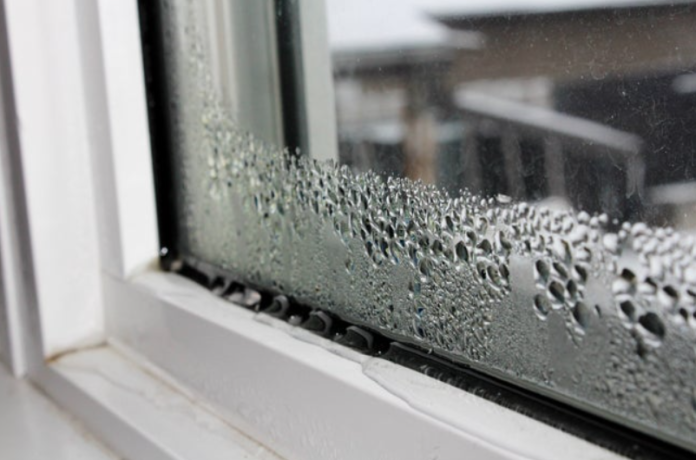Keeping a house warm in cold weather can be expensive, but closing vents in unused rooms can make the situation worse.
Given the high cost of heating and cooling a house, it is understandable to think that by closing the vents in some rooms, warm air will be redirected to the rooms where the vents are open. Unfortunately, this is not the case. An HVAC unit (furnace, air conditioner or heat pump) is sized specifically to match the number of cubic feet of living space in a home. No matter how many vents are open, the unit will operate at the same power level. Read on to find out why closing vents can be more expensive than leaving them open.
The pressure problem

When the heating is turned on, the fan pushes warm air into the ducts and blows it out through the vents. When the vents are closed, the air pressure increases and the risk of duct leakage increases. Duct leakage results in a loss of hot or cold air in the walls, which translates into higher energy costs.
System limitation
An HVAC appliance draws in and exhausts air. Therefore, a home’s ductwork is designed with supply outlets that deliver heated and cooled air to rooms, and return outlets that return air to the unit. When the supply outlets are closed in a room, negative air pressure is created, making it difficult for air to enter the air conditioning unit. Therefore, the system motor works harder to draw in the air needed for recirculation. The additional pressure in the HVAC unit can damage the heat exchanger when the boiler is in operation. Similarly, it can damage the HVAC compressor when the air conditioner is running, resulting in high repair costs and reduced system life.
The heat sink effect
When one room in the house is cooler than others, it acts as a heat sink, drawing heat from adjacent heated rooms through walls, floors or ceilings. This reduces the temperature in the heated rooms and causes the heating to run more frequently. When all vents are open and heat distribution is even, the heat sink effect does not occur.
Mold growth

Less air circulation in rooms with closed vents increases the risk of mold growth, especially if the house is in a humid area. The lower surface temperature in cold rooms increases the risk of condensation and moisture problems, giving molds an ideal place to start growing. Leaving vents open helps keep rooms dry and healthy.
Better energy-saving options
While closing vents can be counterproductive, utility costs continue to skyrocket and the average homeowner must find ways to conserve energy and save money.
The following tips can help reduce energy costs.
Use a space heater:
If you don’t want to heat the whole house, you can save money by lowering the thermostat a few degrees and using a space heater in the room you use.
Buy a smart thermostat:
With today’s busy lifestyles, it’s easy to forget to turn the heat down before you go to work, so the furnace ends up heating the house when no one is home. A smart thermostat, such as this Emerson Sensi Wi-Fi thermostat available on Amazon, can be programmed to turn the heat up or down from a smartphone. The homeowner can also set it to use geofencing, which detects when the homeowner leaves the house and automatically turns the heat down. It also detects when the homeowner returns (via GPS) and turns the heat back up.
Schedule an inspection:
A well-maintained HVAC unit is more energy efficient. Finding and repairing duct leaks and replacing defective system parts allows the unit to run better and more efficiently. Cleaning the air ducts every two years also helps keep your furnace in good condition.










